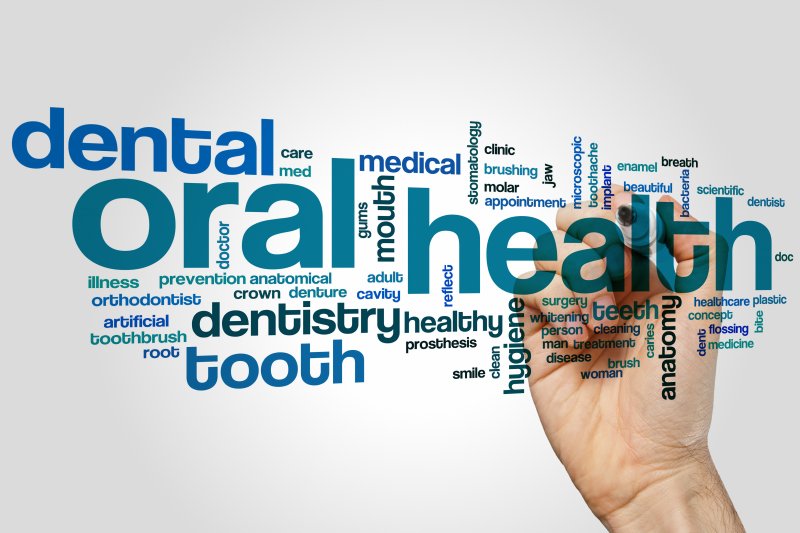Mapping Your Mouth: Important Components and Functions for Oral Health
March 15, 2024

The mouth is a fascinating and complex part of the body made of many structures that dentists study for years. Without every part doing its job, you wouldn’t be able to eat, speak, or even breathe properly! So, what are these various structures and tissues, and what do they do? Continue reading to take a closer look at your oral cavity and its functions so you’ll have a complete map of your mouth for better oral health.
1. Lips and Cheeks
The lips and cheeks form the outermost boundaries of your mouth, providing protection for your teeth and gums. Think of them as the gatekeepers for your oral health that block unwanted debris from entering. They also play a vital role in speech articulation and facial expression.
2. Teeth and Gums
The stars of the show in dentistry! Your teeth and gums are essential for chewing food to kickstart the digestive process. Teeth are anchored within the gums and come in different shapes and sizes to perform specific functions like cutting, tearing, and grinding food.
3. Tongue
The tongue is a muscular organ located on the floor of the mouth responsible for taste, swallowing, and speech! It also helps in cleaning the mouth by removing food particles and bacteria from the teeth and gums.
4. Palate
Your palate is the roof of the mouth and is divided into two parts: the hard palate in the front and the soft palate in the back. The hard palate provides a rigid surface for the tongue to push against during chewing. The soft palate helps close off the nasal passages when swallowing.
5. Salivary Glands
Salivary glands produce saliva, a watery fluid that moistens the mouth, lubricates food for easier swallowing. It also helps keep your mouth healthy by rinsing away food particles and bacteria and maintaining the pH level of your mouth!
6. Jaw and Temporomandibular Joint
The jaw, or mandible, is the largest and strongest bone in the face and is the foundation of your oral cavity. The temporomandibular joint (TMJ) connects the jaw to the skull and allows it to move smoothly while chewing and speaking.
Understanding the anatomy of your mouth can help you appreciate the complex processes at work and the importance of maintaining good oral hygiene habits. By understanding the place and function of your oral cavity, you can have more productive and informed conversations with your dentist at every checkup!
About the Practice
Dr. David Michaels and Dr. John T. Michaels are a dynamic duo of dental care in Norwood. They use ultramodern technology and techniques to provide quality diagnostics and treatment for every patient. Whatever your needs are, they can build a personalized plan to ensure you achieve the smile of your dreams. Call (781) 769-6140 to schedule a cleaning and checkup at Norwood Dental Care or visit the website to view a full menu of other services they offer.
No Comments
No comments yet.
RSS feed for comments on this post.
Sorry, the comment form is closed at this time.
